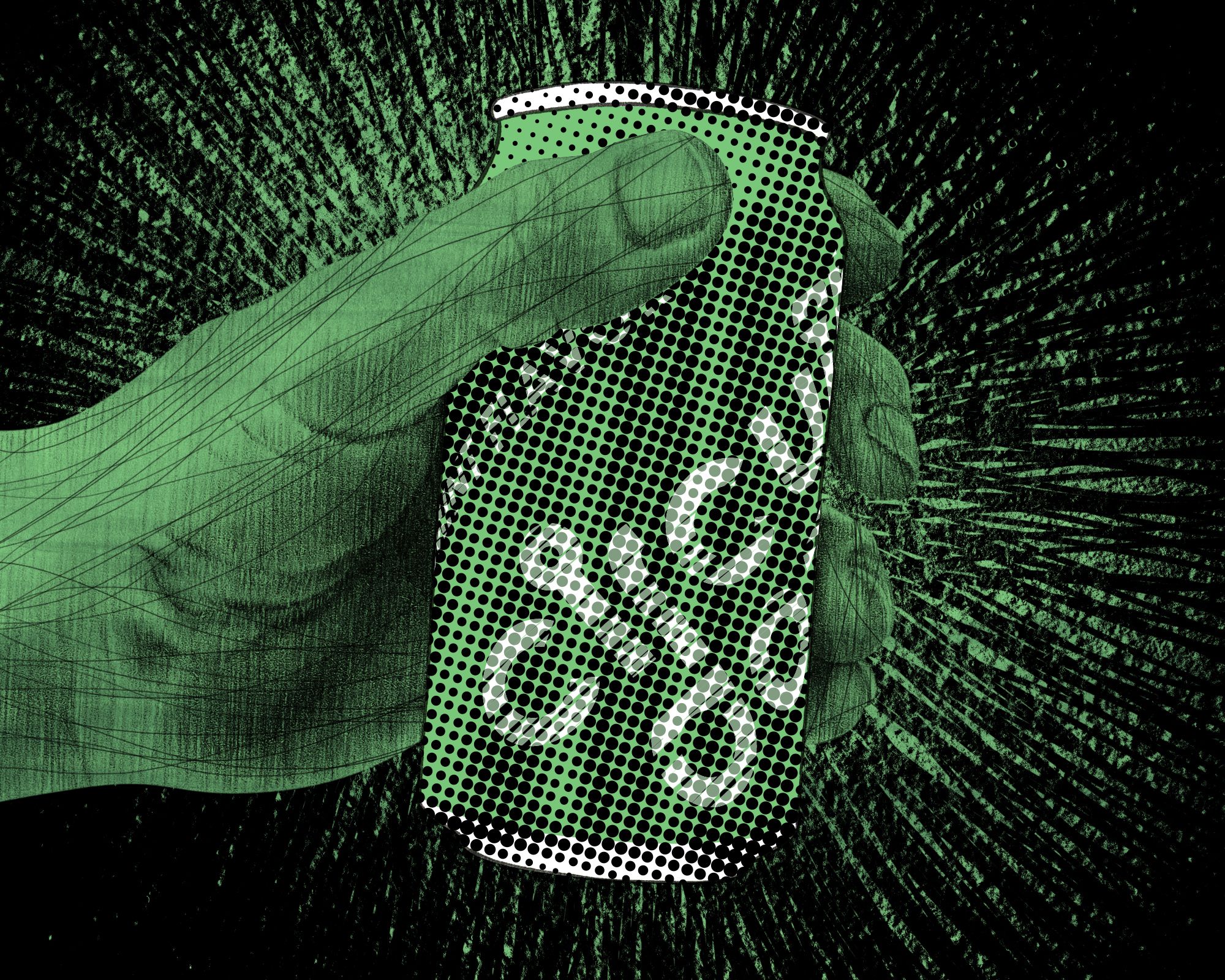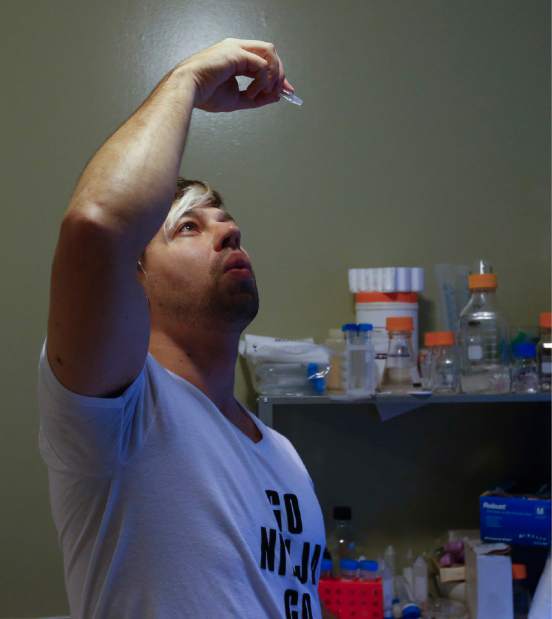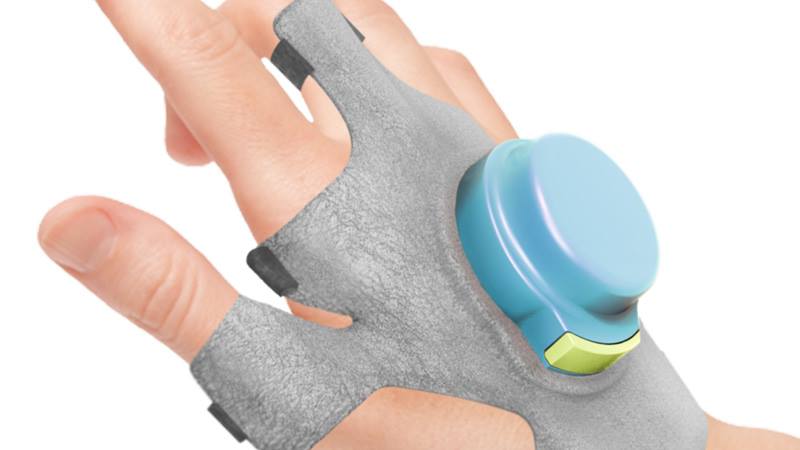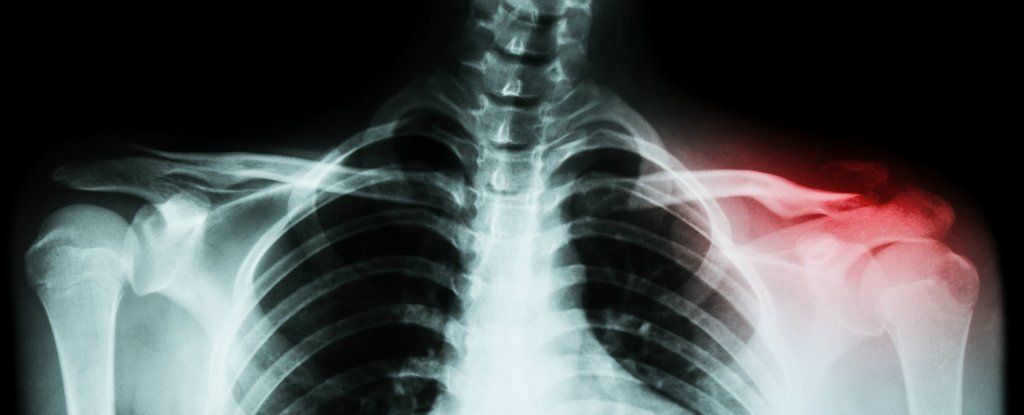Jan 18, 2016
Canada Opening “International Hub For Stem Cell Therapy”
Posted by Shailesh Prasad in categories: biotech/medical, health, life extension
Canada’s federal government believes that ‘regenerative medicine is the future,’ and they’re ready to put money behind this statement.
Stem cells are remarkable. They have the ability to grow into a plethora of different kinds of cells. As the National Institute of Health notes, they are capable of “dividing essentially without limit to replenish other cells as long as the person or animal is still alive.” And it is precisely this ability to grow and develop into different cell types that makes stem cells so useful in the fight again a host of diseases and ailments.
Now, Canada’s newly appointed Prime Minister, Justin Trudeau, has just announced that the federal government is set to put in $20 million towards the development of the Centre for Commercialization of Regenerative Medicine. The move is set to support the establishment of a stem-cell therapy development facility in Toronto.

















